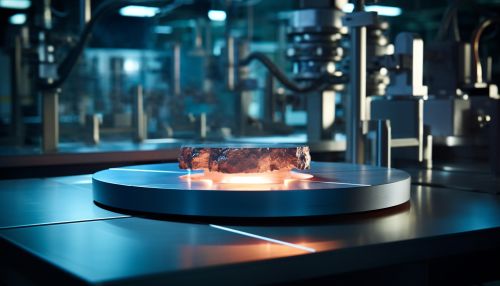The Physics of Superconductors and Their Applications
Introduction
Superconductors are materials that can conduct electricity without resistance when cooled to certain temperatures. This phenomenon, known as superconductivity, was first discovered in mercury by Heike Kamerlingh Onnes in 1911. Since then, a wide variety of materials have been found to exhibit superconductivity, including some compounds that become superconducting at relatively high temperatures.


Theory of Superconductivity
The theory of superconductivity is complex and involves quantum mechanics, condensed matter physics, and thermodynamics. The most successful theory to date is the Bardeen–Cooper–Schrieffer (BCS) theory, which explains superconductivity in conventional superconductors. According to BCS theory, electrons in a superconductor pair up to form Cooper pairs, which move through the lattice without scattering off impurities or lattice vibrations, resulting in zero electrical resistance.
Types of Superconductors
Superconductors are typically categorized into two types: Type I and Type II. Type I superconductors are pure metals and metalloids that exhibit superconductivity at very low temperatures. Type II superconductors, on the other hand, are usually metallic compounds or alloys that become superconducting at higher temperatures and can carry larger currents.
High-Temperature Superconductors
A significant breakthrough in the field of superconductivity came with the discovery of high-temperature superconductors (HTS). Unlike conventional superconductors, which require extremely low temperatures to exhibit superconductivity, HTS can become superconducting at temperatures as high as -135 degrees Celsius. This discovery has opened up new possibilities for practical applications of superconductivity.
Applications of Superconductors
Superconductors have a wide range of applications, from power transmission to medical imaging. In power transmission, superconductors can reduce energy loss, improving the efficiency of power grids. In medical imaging, superconducting magnets are used in MRI machines to generate high-resolution images. Other applications include particle accelerators, quantum computers, and magnetic levitation trains.
Future of Superconductors
The future of superconductors is promising, with ongoing research into new materials and technologies. One of the key challenges is to find materials that exhibit superconductivity at room temperature, which would revolutionize many industries. Other areas of research include improving the current-carrying capacity of superconductors and developing new applications.
